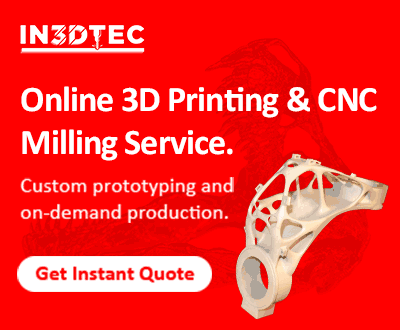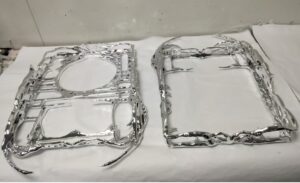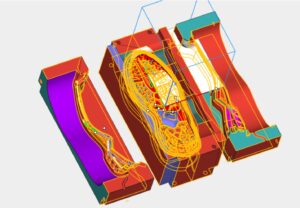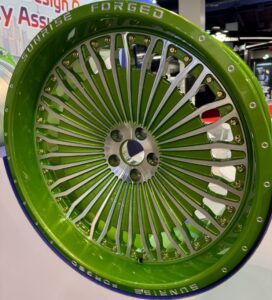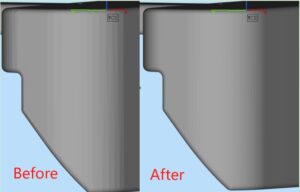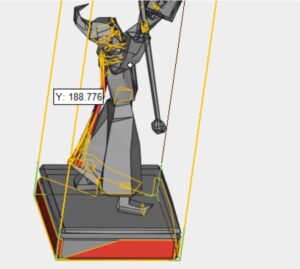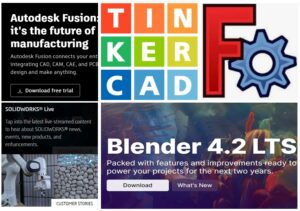Sustainable Solutions: Biodegradable 3D Printing Materials and Services
In recent years, the push for sustainability has permeated various industries, and 3D printing is no exception. As we become increasingly aware of the environmental impact of traditional manufacturing processes and materials, biodegradable 3D printing materials and services have emerged as a viable solution. This blog explores the benefits, applications, and future potential of these eco-friendly alternatives.
What Are Biodegradable 3D Printing Materials?
Biodegradable 3D printing materials are designed to break down naturally over time, reducing their impact on landfills and the environment. Unlike conventional plastics, which can take hundreds of years to decompose, biodegradable materials are made from renewable resources and can disintegrate into harmless substances when exposed to the right conditions.
Common Biodegradable Materials
- PLA (Polylactic Acid):Derived from corn starch or sugarcane, PLA is one of the most popular biodegradable filaments. It is easy to print and can produce high-quality prints, making it a favorite among hobbyists and professionals alike.
- PHA (Polyhydroxyalkanoates): This material is produced by microorganisms and offers excellent biodegradability. PHA is more flexible and durable than PLA, making it suitable for various applications.
- PBS (Polybutylene Succinate): A less common option, PBS is another biodegradable alternative that provides good thermal stability and mechanical properties.
- PA2200(PA12):PA2200is a white, powder-based nylon and biodegradable material (Polyamide 12) commonly used in Selective Laser Sintering (SLS) 3D printing. Known for its excellent mechanical properties, high chemical resistance, and lightweight durability, this material is available on IN3DTEC online 3D printing store.
- PEEK: PEEK (Polyether Ether Ketone)is a high-performance, thermoplastic polymer renowned for its exceptional strength, chemical resistance, biodegradable and thermal stability. It is often used in demanding applications where high temperatures and harsh environments are involved. PEEK is known for its outstanding mechanical properties and is widely regarded as one of the most durable and versatile engineering plastics.PA2200 is a versatile choice for both functional prototypes and end-use parts. This material is available on IN3DTEC online 3D printing store.
- ABS-M30i: ABS M30i is a high-performance, FDA-compliant thermoplastic material designed for 3D printing applications, particularly in industries where safety, durability, and regulatory compliance are critical. It is a variant of the standard ABS (Acrylonitrile Butadiene Styrene) material, engineered to meet the stringent requirements of the medical, food, and pharmaceutical industries. This material is available on IN3DTEC online 3D printing store.
- PPSU: PPSU (Polyphenylsulfone)is a high-performance, thermoplastic polymer known for its exceptional thermal stability, chemical resistance, biodegradable, and mechanical strength. It is a member of the sulfone polymer family, making it particularly suitable for demanding applications in industries that require high-performance materials. PPSU combines excellent mechanical properties with resistance to harsh chemicals, extreme temperatures, and stress. This material is available on IN3DTEC online 3D printing store.
Advantages of Biodegradable 3D Printing Materials
– Reduced Environmental Impact: By using materials that decompose naturally, we can significantly lessen the amount of plastic waste in landfills and oceans.
– Renewable Resources: Many biodegradable materials are derived from renewable resources, promoting a circular economy.
– Versatility: Biodegradable materials can be used in a variety of applications, from prototyping to creating products for consumer use.
Biodegradable 3D Printing Services
As demand for sustainable solutions grows, many companies are offering specialized services in biodegradable 3D printing. These services often include:
– Custom Design and Prototyping: Many businesses now provide the option to design and prototype using biodegradable materials, allowing for environmentally conscious product development.
– Educational Workshops: Some companies offer workshops to educate individuals and businesses about the benefits of sustainable practices in 3D printing.
– Recycling Programs: Certain services even incorporate recycling programs for used biodegradable materials, ensuring they are disposed of responsibly.
Real-World Applications
Biodegradable 3D printing materials are making waves in various fields:
– Medical Devices: Biodegradable materials can be used to create temporary implants or scaffolds that naturally dissolve in the body, reducing the need for additional surgeries.
– Packaging: Companies are exploring biodegradable 3D printed packaging solutions that are both functional and environmentally friendly.
– Consumer Products: From toys to household items, the use of biodegradable materials in consumer goods is on the rise, appealing to eco-conscious consumers.
The Future of Biodegradable 3D Printing
As technology advances and more research is conducted, the potential for biodegradable 3D printing materials is immense. Innovations in material science may lead to even more effective and versatile options, catering to a wider range of applications. Additionally, increased awareness and demand for sustainable practices will likely drive more businesses to adopt biodegradable solutions.
Conclusion
Biodegradable 3D printing materials and services represent a significant step towards a more sustainable future. By choosing eco-friendly options, we can reduce waste, promote renewable resources, and encourage responsible manufacturing practices. As we continue to innovate and explore new solutions, the possibilities for biodegradable 3D printing are endless. Embracing this technology not only benefits our planet but also paves the way for a greener tomorrow.


